The March 1916 issue of J.A.B.S., a prison newspaper produced in Wyoming that’s part of the Reveal Digital American Prison Newspapers collection, includes a border of black and red swastikas. Offensive to the modern reader’s eye, the symbol was corroded and warped to evil aims, but not until several years after this issue was published.
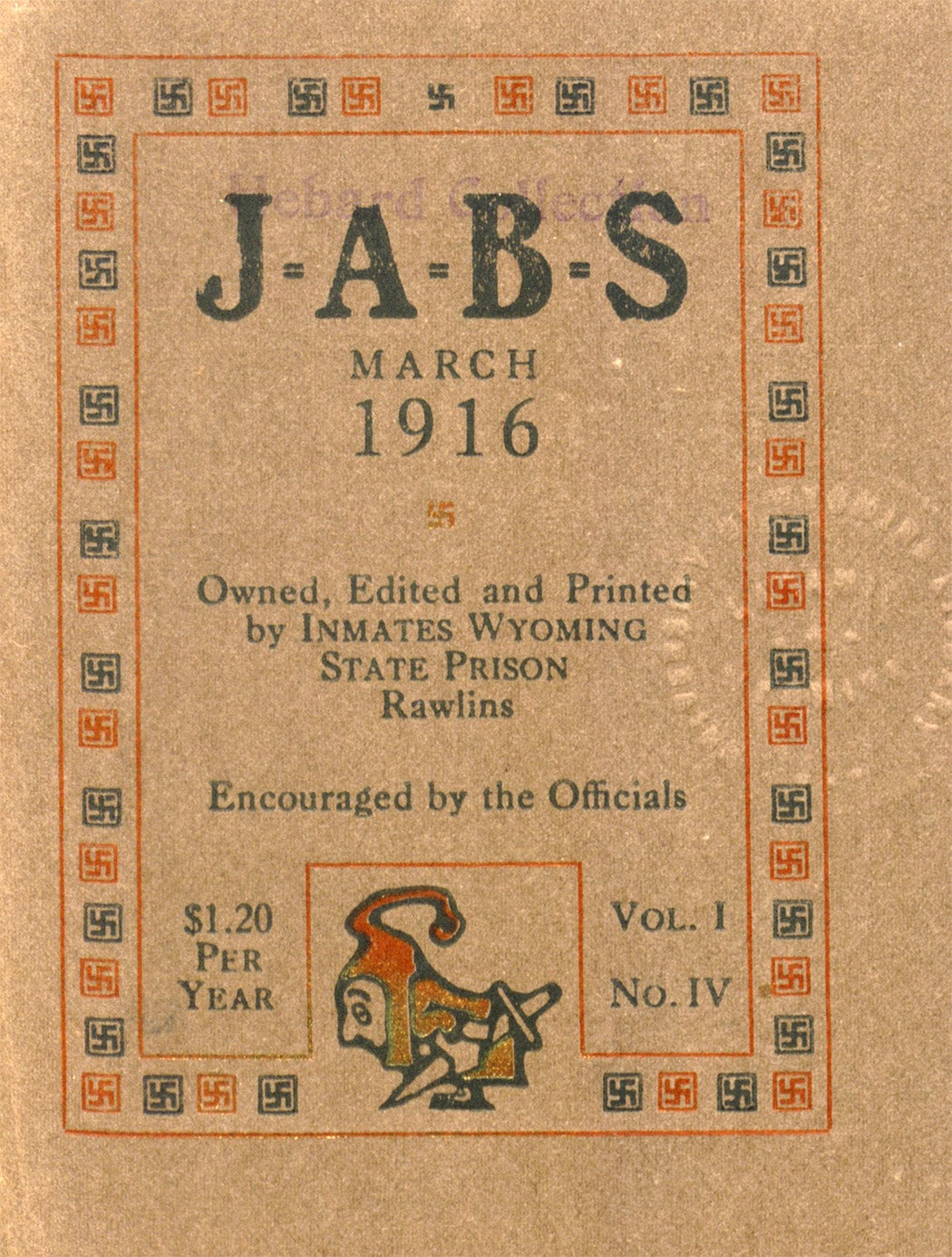
Symbolic Origins of the Swastika
The symbol known today as the swastika was embedded into history long before it was co-opted by the Nazi party. As multiple scholarly works point out, it has been identified in ancient artifacts from Roman, Greek, Persian, Asian, Scandinavian, Gaelic, and Indiginous American cultures, spanning across centuries. Swastikas appear in Hindu and Buddhist sacred artworks, Native American textiles, and even as architectural elements in ancient Jewish synagogues. These historic references are all believed to have positive or benign associations.
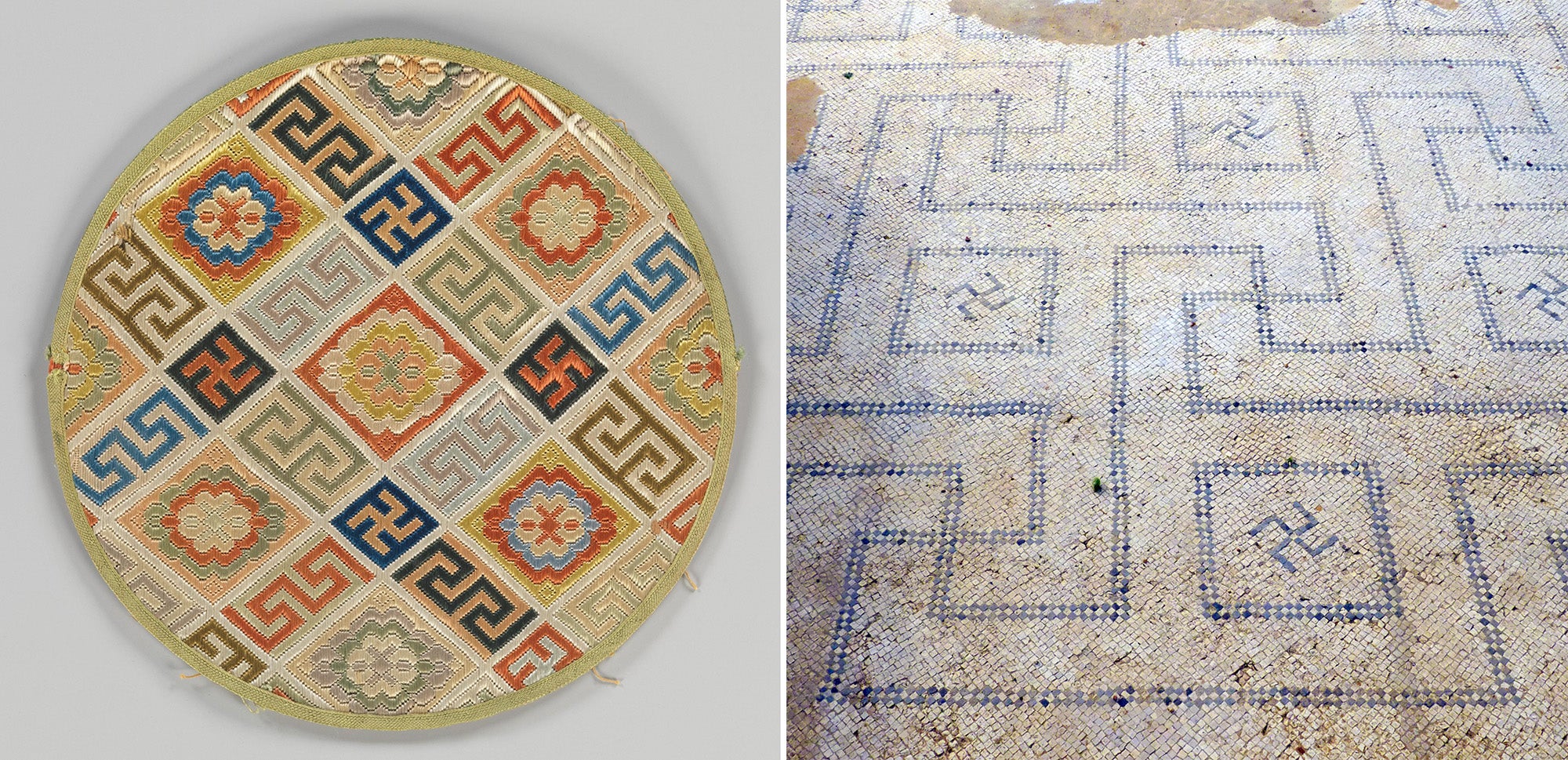
It wasn’t until the 1920s and ’30s that Germans used the swastika—also known as the hakenkreuz (hooked cross) as a means to promote fascist, racist ideologies. In a 1995 review of Malcolm Quinn’s book The Swastika: Constructing the Symbol, art critic Steven Heller addresses the Nazi appropriation of this historical and at times holy symbol to commit atrocities:
Yet of all the symbols and marks produced by ancient and modern man the swastika is the most contradictory. For thousands of years it was a thing of mystery that surfaced in otherwise disparate cultural iconographies…
Its centuries of history across the globe were overshadowed by the sheer magnitude of the horrors committed under its banner in fewer than two decades. Heller continues, summarizing Quinn’s work:
Bristling at the idea that the swastika might someday be co-opted or satirized by those (or the descendants of those) who suffered under it… or worse, be transformed back into a benign mark used to signify good fortune, [the author] says never! Although he admits that virtually any icon can be “desymbolized” by making it historical, the Nazi swastika is the exception which cannot—and should not—be renamed or “resymbolized.” …[A]ny contemporary application is forever tainted by the heinous crimes it represented… ”
Letterpress: The Means of Production
A newspaper from 1916 would have likely been produced through a process called letterpress printing, as that was the means in use for virtually all mass production from the 1600s through the mid 1900s. Letterpress prints are produced by assembling a series of individual letters—cast in metal—onto a rig to be inked and then pressed to individual sheets of paper. The effort is considered extremely tedious and time-consuming by modern standards.
Every letter is assembled into words, then strung into sentences and packed into paragraphs one tiny metal letter at a time. Letters can be reused until the worn metal no longer leaves a legible impression. An alphabet of type (or font, a word which originated with letterpress printing) can be used for years, the metal cast able to be inserted and reinserted over and over in different printings. Images, though, had to be custom engraved by an artist, an expensive prospect for most printers and out of reach for most single-use needs.
Weekly Newsletter
From the difficulty of printing images came the usefulness of slightly generic decorative ornaments. Ornamental symbols (the precursor to Zapf Dingbats and clip art), were often added among fonts to break up long text passages, or they would be compiled as a border to enhance aesthetic appeal.
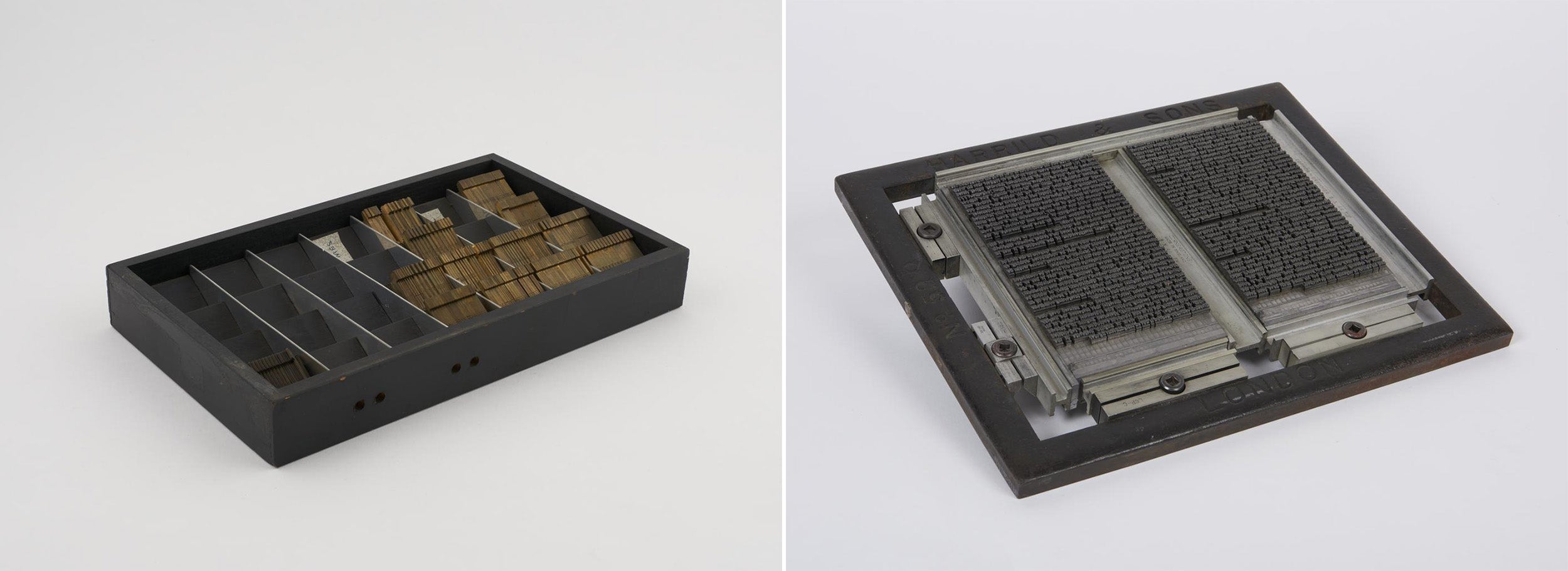
The same process used to create J.A.B.S. had been used since the printing of the Gutenberg Bible in the 15th century. The technology was slow to change until the Industrial Revolution, when mass-manufacturing and electricity led to automated printing presses. The rapid advancement in automation resulted in a glut of used manual letterpress machines—which were donated to schools, churches, and prisons. Metal type was durable, but fleurons and ornaments were less practical, being more susceptible to waning fads.
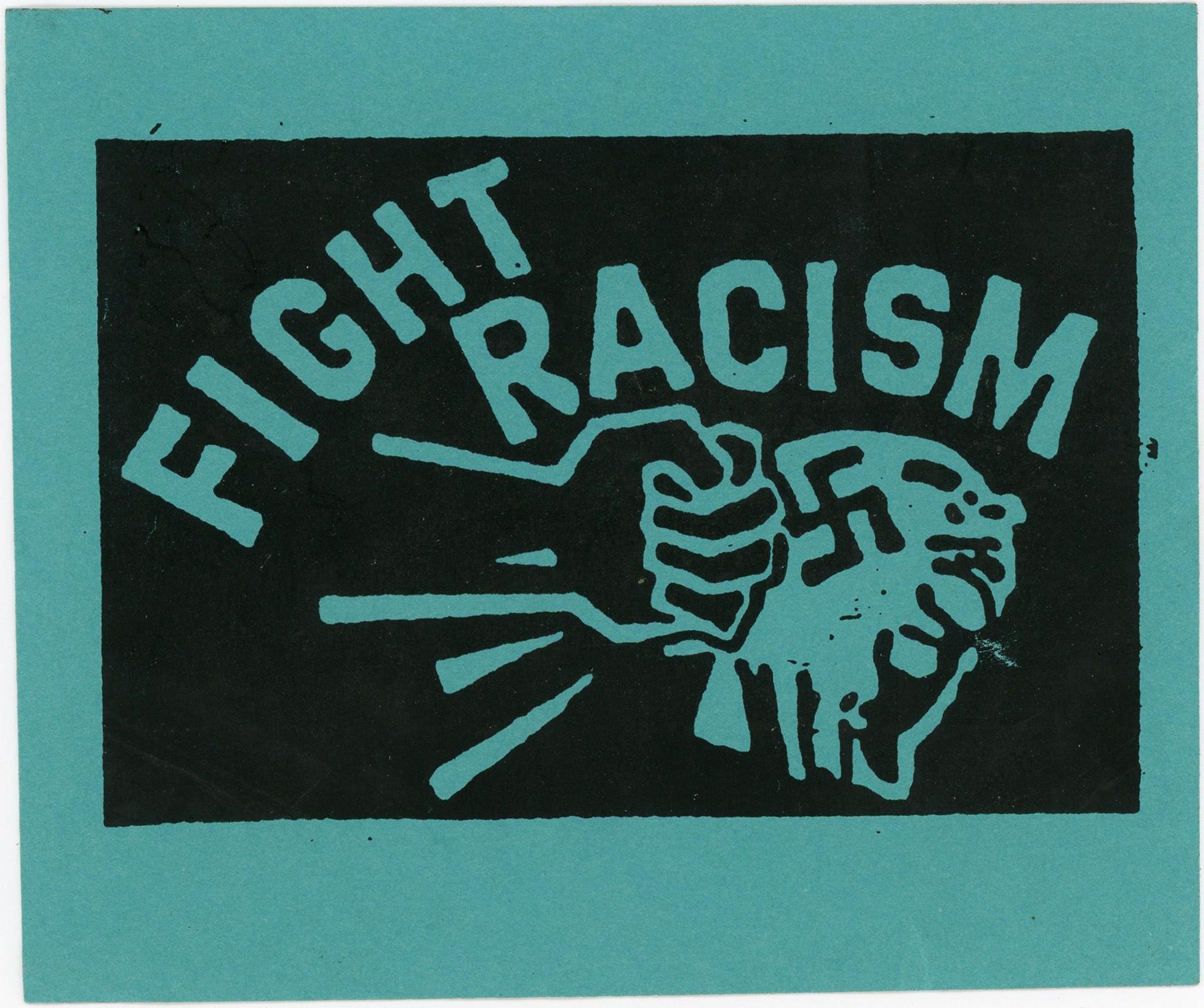
It’s easy to imagine a printer purging these antiquated pieces to make room for the newest technology: offset printing presses, which no longer required individual metal letters nor ornaments. Offset printing began to flourish early in the century and was dominant by the 1950s. Letterpress fonts and ornaments would have been discarded or donated as the new technology was broadly adopted.
Geometric decoration or racist pattern?
It’s very unlikely that the hakenkreuz racist and fascist interpretation of the swastika traveled to Rawlins, Wyoming, and influenced the newspaper at the Wyoming State Prison. The J.A.B.S. newspaper was redesigned and relaunched as The Wyoming Pen with the September 1916 issue.
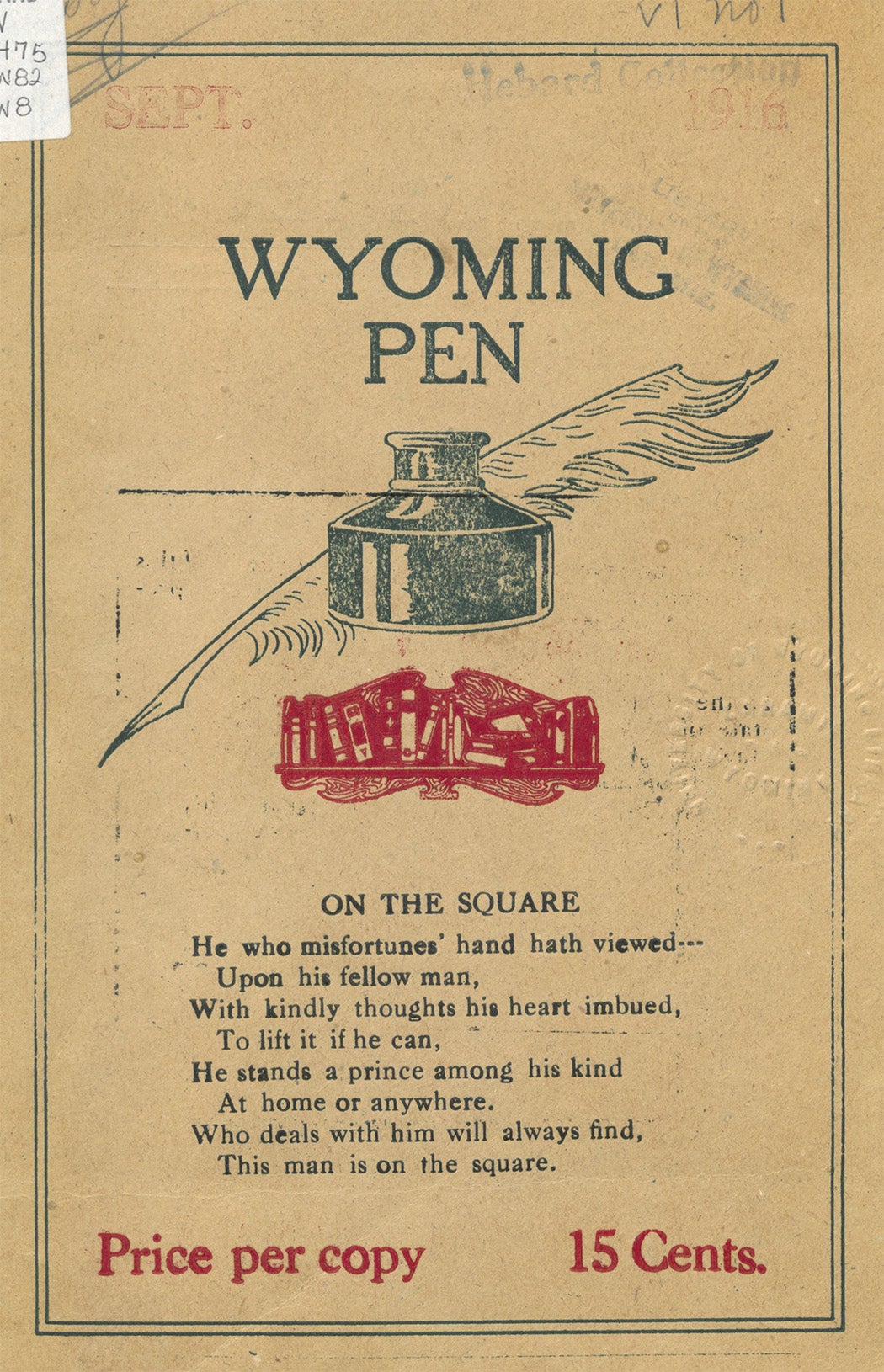
Although the new version was still letterpress printed and incorporated many fleurons, borders, and engravings, the use of the swastika dwindled. The changes to the newspaper meant that the hakenkreuz/swastika was not displayed in the prison’s newspaper after the Nazi Party ascended to power nor at any point during World War II.
How did a prison newspaper come to be decorated with swastikas in 1916? Most likely, metal fleurons too worn for general media were donated to the prison. What was once a benign symbol became corrupted in the 20th century, leading a modern reader of this 100+ year old paper to draw dubious conclusions.







